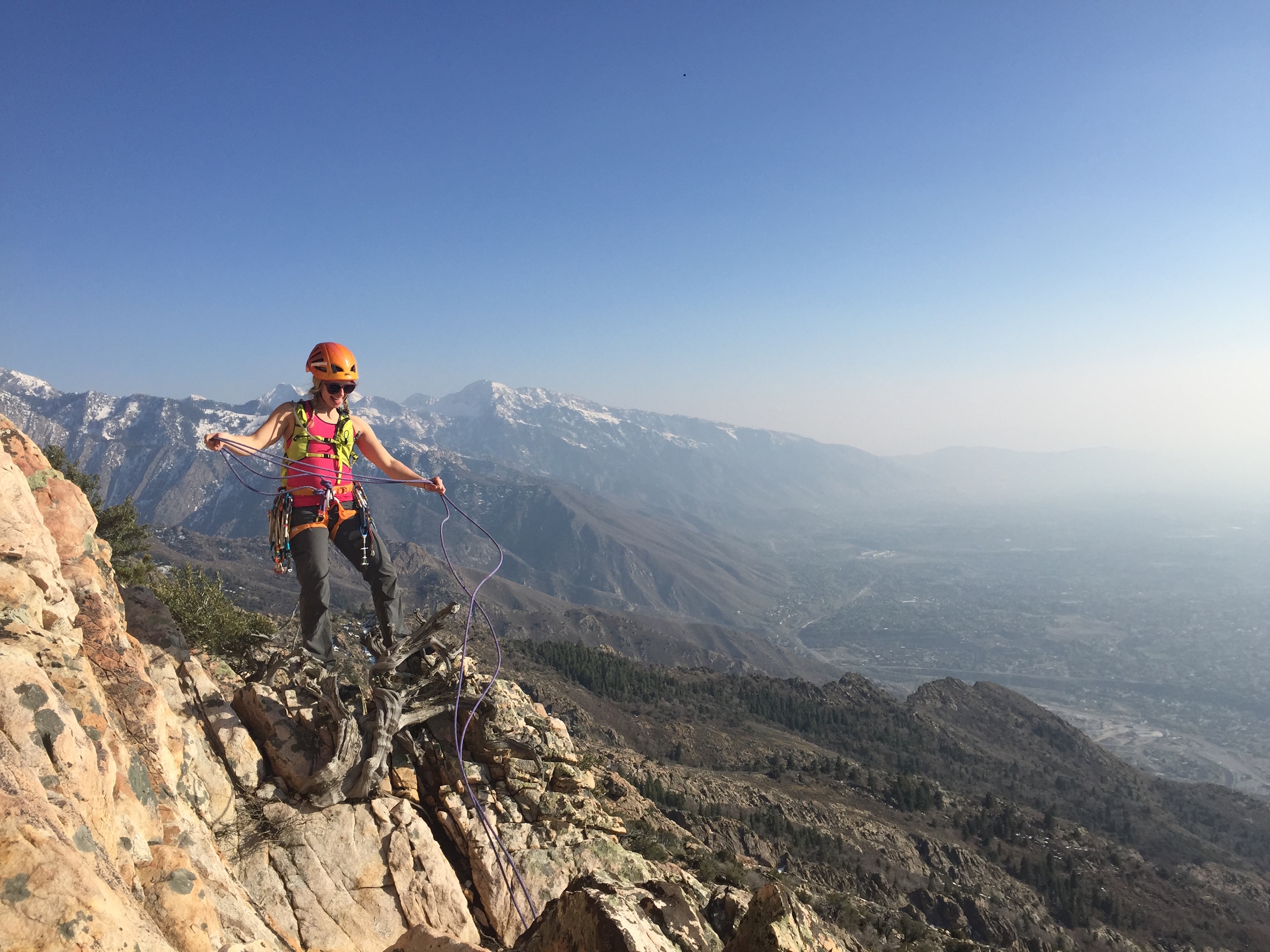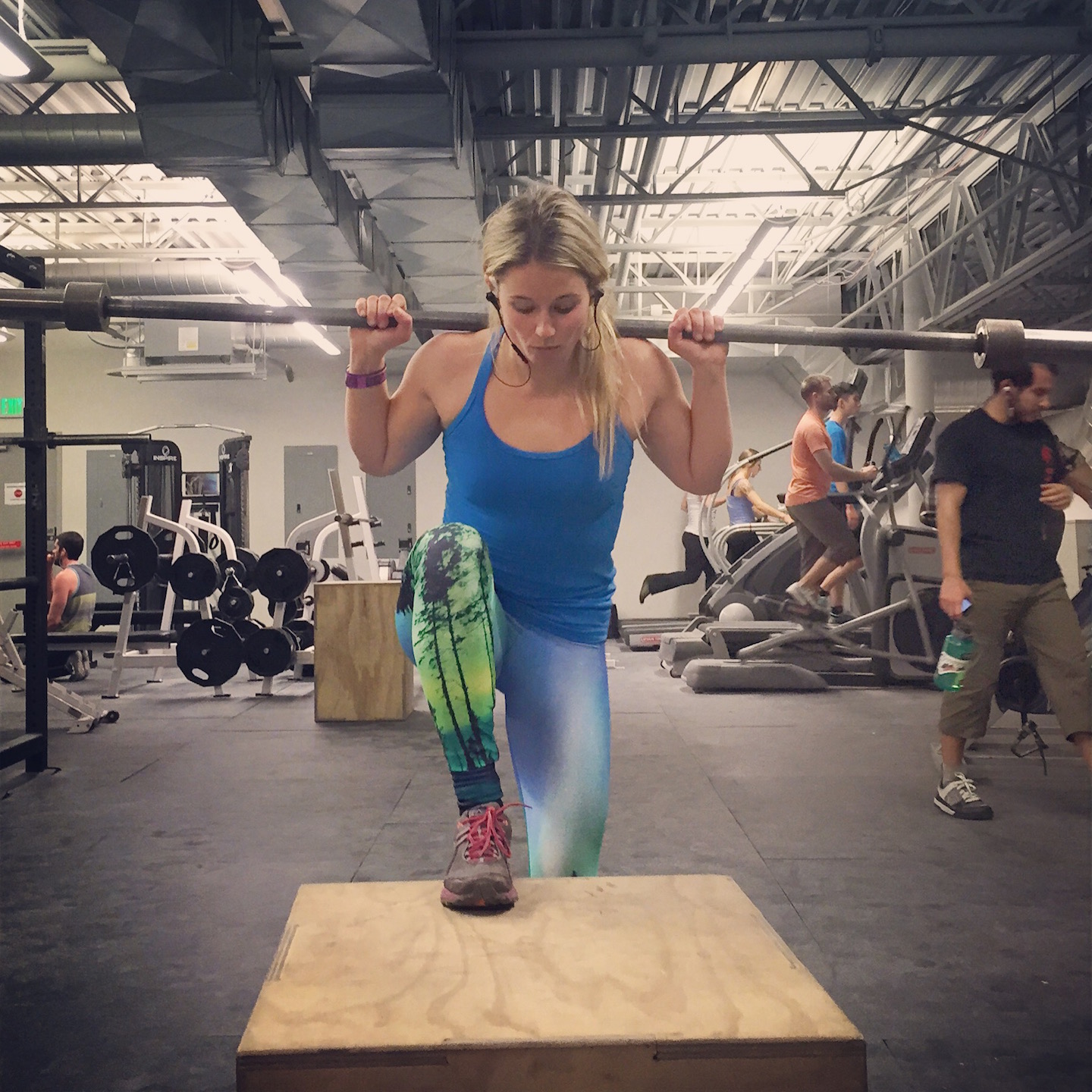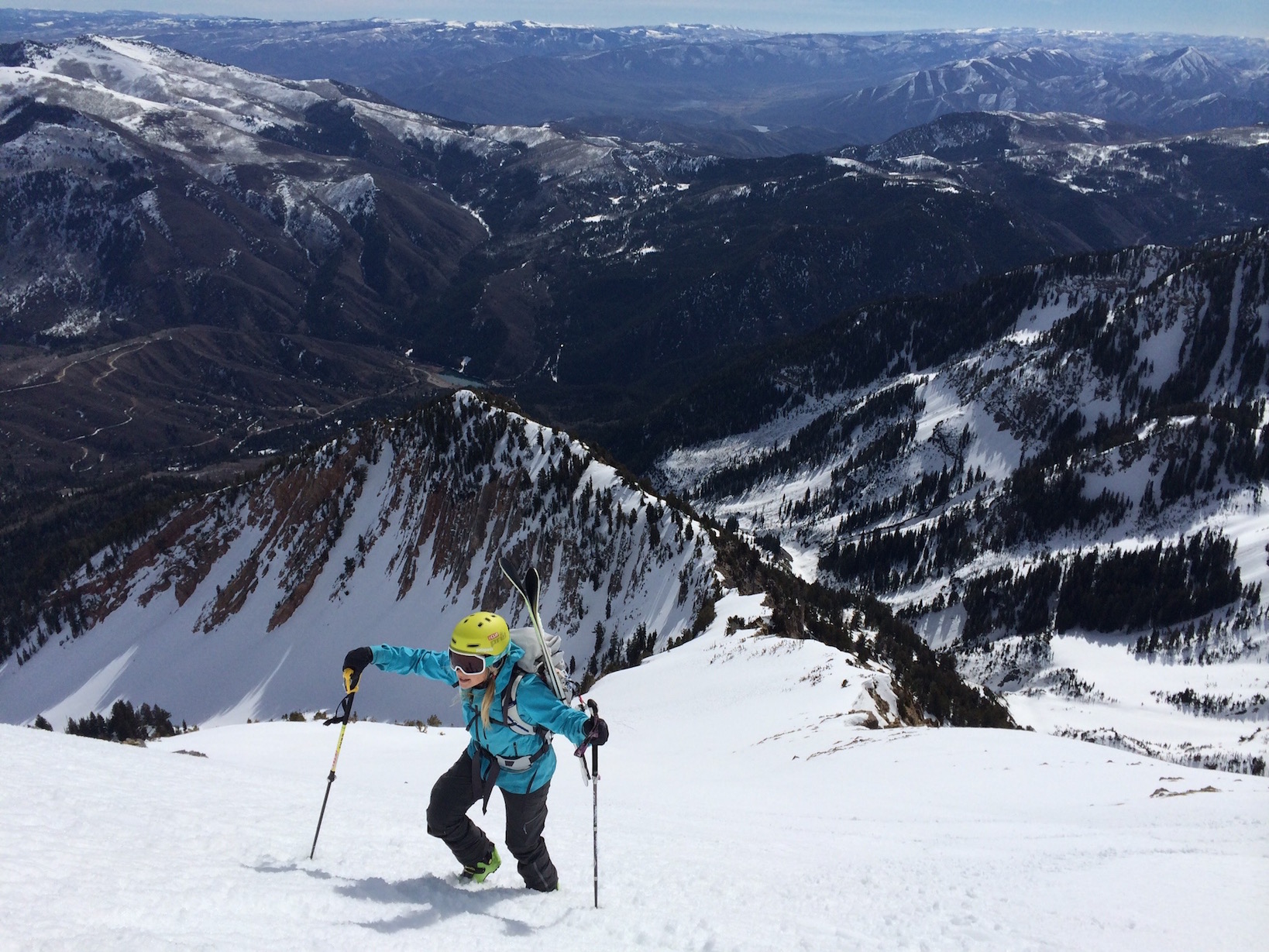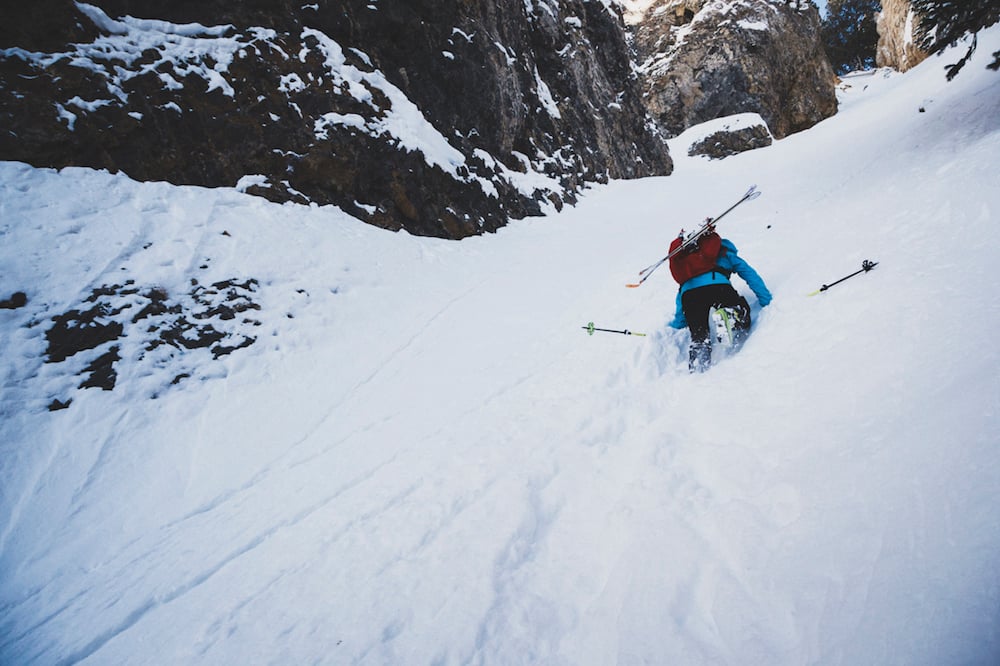How to: Train Like an Alpinist
By Caroline Gleich

Like many other mountaineers, I was delighted when I first picked up a copy of the acclaimed Training for the New Alpinism: A Manual for the Climber as Athlete by alpinists Steve House and Scott Johnston. As a skier with very specific goals, in a sport with no teams or structure, I was often confused about how to train. What was too much? What was too little? Was I overtraining? How should I feel?

I listened to what my friends thought I should do for my ski mountaineering goals—learn how to trad climb, become a strong leader, get on the sharp end, run for long periods of time in the mountains. I said yes to everything anyone asked me to do. I thought more was better—more mileage, more vertical, more pitches, I thought I had to do 18-24 hour pushes in my training so that I could do those when it came time to send. I was slowly breaking down. I had many persistent, nagging injuries. I saw Steve House at an athlete function and asked him, “Do you think I’m over-training?” He asked about my goals—I wanted to get stronger and faster and better. He connected with his coach and co-author, Scott Johnston.

Most of these are tips he taught me, and that I’m working to implement into my mindset.
Here are the top 10 tips:
-
- Stop beating yourself up. If it hurts, stop. Do a different activity or modify the workout. When I started doing the strength routine in the gym, I had to modify exercises to make sure I didn’t do more damage to existing injuries. There are many ways to work the major muscle groups. Get creative. Continuing to work through joint, ligament or tendon pain will likely only make it worse.
- If you’re sick, don’t work out. Even if you’re just starting to feel sick, take it easy. Those aren’t the days to do the big workouts. Take a rest day. And then, once you’re better, train by doing simple, easy aerobic exercise for every day you were sick before you get into your hard workouts.
- Be specific on your goals and the timeline. Write them down. Figure out the challenges of the objective you have. Be specific. How many miles and vertical are you likely to go the first day and with how heavy of a pack? The second day? What are the hardest rock and ice moves you’ll be climbing?
- Don’t be afraid of the gym. I used to be of the mindset, “The mountain is my gym.” But some of the best workouts I did were in the gym. As a ski mountaineer, I found the box steps to be really beneficial to the kind of strength and muscular endurance I needed for breaking trail up long couloirs. Try to do 2-3 workouts a week when you’re in an active training cycle.
- If it doesn’t feel hard enough, add more weight. This is especially important for women. Load up your pack with water jugs and start hoofing it up the mountain.
- Learn to say no. You can’t train effectively while going on adventures with friends. Those long days exploring a new route—they can have a place in your training, but you’re probably going to have to cut some out. Go into your workouts focused with a plan and an idea of how to execute that. While you’re working out, focus.
- Respect where you’re at. Don’t be influenced to push too hard by someone else and her pace. If you decide to go with partners, make sure you are clear about your goal for the day. For instance, if you’re doing a 3,000’ day of hiking with 30 lbs of water weight in your pack, make sure your partner understands this.
- Consider using an app. Or another method to monitor training and see progression. I recommend Training Peaks. Also, think big picture. It’s easy to get discouraged if you’re looking week to week, but think instead in quarterly or yearly terms. Plan your workouts a few weeks in advance, and give yourself a pat on the back when you complete as planned.
- When in doubt, remember the 3 cardinal principles of training: Continuity, Modulation, Gradualness. We often fall into a pattern of doing what we like the most, but it’s best to mix it up with some long days and some easy days, some days that are more focused on speed and others that are more focused on muscular endurance.
- Know when to back off. This is probably the most important lesson that I’m learning. When I was on my trip in Peru, we made the decision based on conditions to change our plans and itinerary to climb and ski less technical objectives. When I returned home, I was disappointed. I felt like I’d let myself down. I talked to Scott about it, and here’s what he had to say:
Alpinism is a dangerous game and the learning process is very slow and risky. When in the comfort of our living rooms, we look at pictures of the dream line and envision the rock and ice difficulties, it is easy to underestimate and down play the dangers, the doubts and the fears that will be our constant companion on that climb. Consider that becoming an alpinist is a lifelong journey with no destination. You will always be learning and growing as you go along this path but never arrive at the end until you willfully stop or die along the way. One of the most valuable lessons you can learn as an alpinist is recognizing when to back off. The mountains will always be there. You can come back to them when you are better prepared but not if you’re dead.

Originally Published July 10th, 2015.
Caroline Gleich is a professional skier and adventurer known for her prowess in the big mountain backcountry. She is one of the outdoor world’s fastest rising stars with multiple appearances on the covers of Ski Magazine, Powder and Backcountry and profiles in Skiing and Outside, among others. Caroline is also a committed environmental advocate and works collaboratively with Protect Our Winters and HEALUtah to inform and educate the world to the intricacies of climate change and clean energy.
